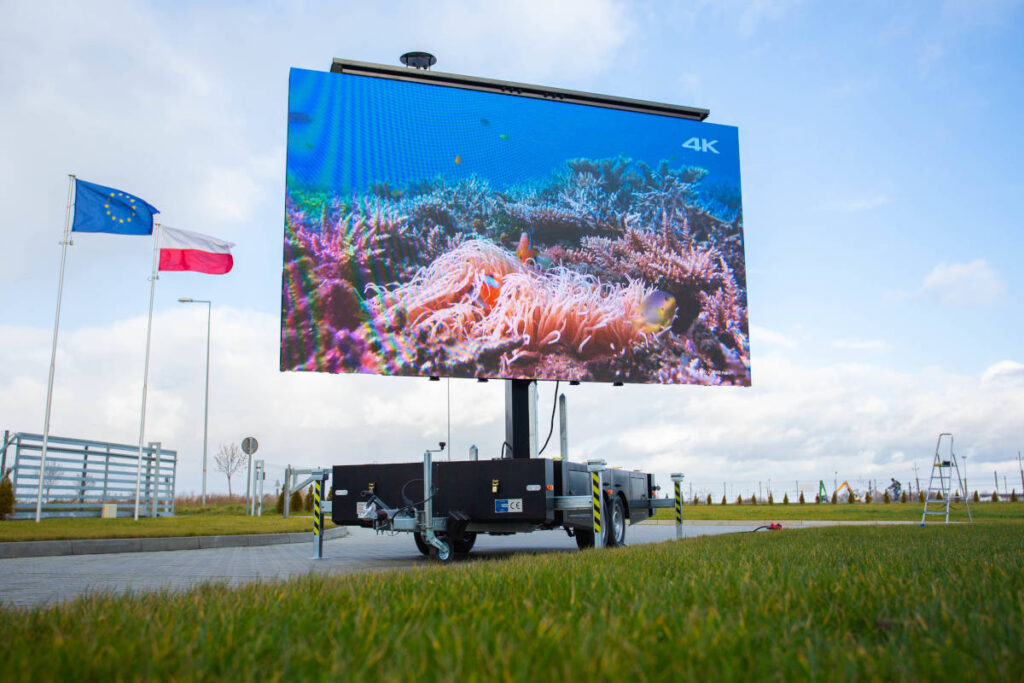Shedding Light on this Future: Exploring various Benefits and Disadvantages of LED Panel Displays versus Conventional Lighting Options
LED panel panels have become increasingly favored in not just home and business environments, offering an option to traditional illumination methods. These screens are thin, thin devices that use light-emitting diodes (LEDs) to produce light. They provide a modern aesthetic and can be used in multiple settings, such as workspaces, schools, and residences. While LED panel screens have many benefits, it is crucial to compare them with traditional lighting options, such as incandescent bulbs and neon lights, to understand their benefits and drawbacks.
One of the notably significant benefits of LED wall panels is their energy effectiveness. LEDs use considerably less power than conventional lighting options, which can lead to lower power bills. For example, an LED panel can consume up to three-quarters less energy than an incandescent bulb while providing the same amount of illumination. This power efficiency not only saves money for consumers but also lowers the overall environmental impact, making it an eco-friendly friendly choice. With growing concerns about climate change, many people are looking for ways to minimize their energy consumption, and LED wall screens can be a helpful option.
Another advantage of LED wall panels is their extended durability. Traditional lighting options often require frequent replacement due to burned-out bulbs. In contrast, LED panels can last up to twenty-five times than incandescent lamps, and much longer when compared to neon lamps. This endurance means that users spend less time and money on led video wall for product launches upkeep and renewals. Additionally, the minimized requirement for renewals contributes to less waste, further benefiting the eco-system. This robustness makes LED panel panels a more practical option for both home and commercial operators.

Despite their many advantages, LED panel screens do have some disadvantages. One issue is the upfront expense of buying and setting up these screens. While prices have decreased over time, LED screens can still be more expensive upfront than conventional illumination choices. However, it is crucial to factor in the long-term savings on energy bills and replacement costs when assessing the overall worth of LED lighting. Some consumers may also be deterred by the brightness of LED lights, as they can be harsher than the soft light offered by traditional bulbs. Finding the right brightness and hue temperature can be essential for creating a pleasant setting.
Another possible issue of LED wall panels is their sensitivity to heat and moisture. High heat can reduce the effectiveness of LEDs, and extreme humidity can cause issues. This concern is particularly important in areas of a home or structure where environments can vary, such as bathrooms or cooking areas. It is essential to choose the appropriate type of LED panel for particular settings to ensure best performance. Additionally, some people may feel that the illumination produced by LEDs can be less pleasant than conventional illumination, leading to issues about vision strain or discomfort in specific environments.
In conclusion, LED wall screens offer many advantages over traditional illumination solutions, including power efficiency, longevity, and reduced upkeep expenses. However, they also come with some disadvantages, such as increased initial expenses and reaction to environmental More from the author conditions. As users go on to explore lighting options, it is clear that LED panel panels can provide a modern and environmentally friendly option for a variety of spaces. By comprehending both the advantages and challenges of these screens, people and companies can make wise decisions that best suit their illumination needs.